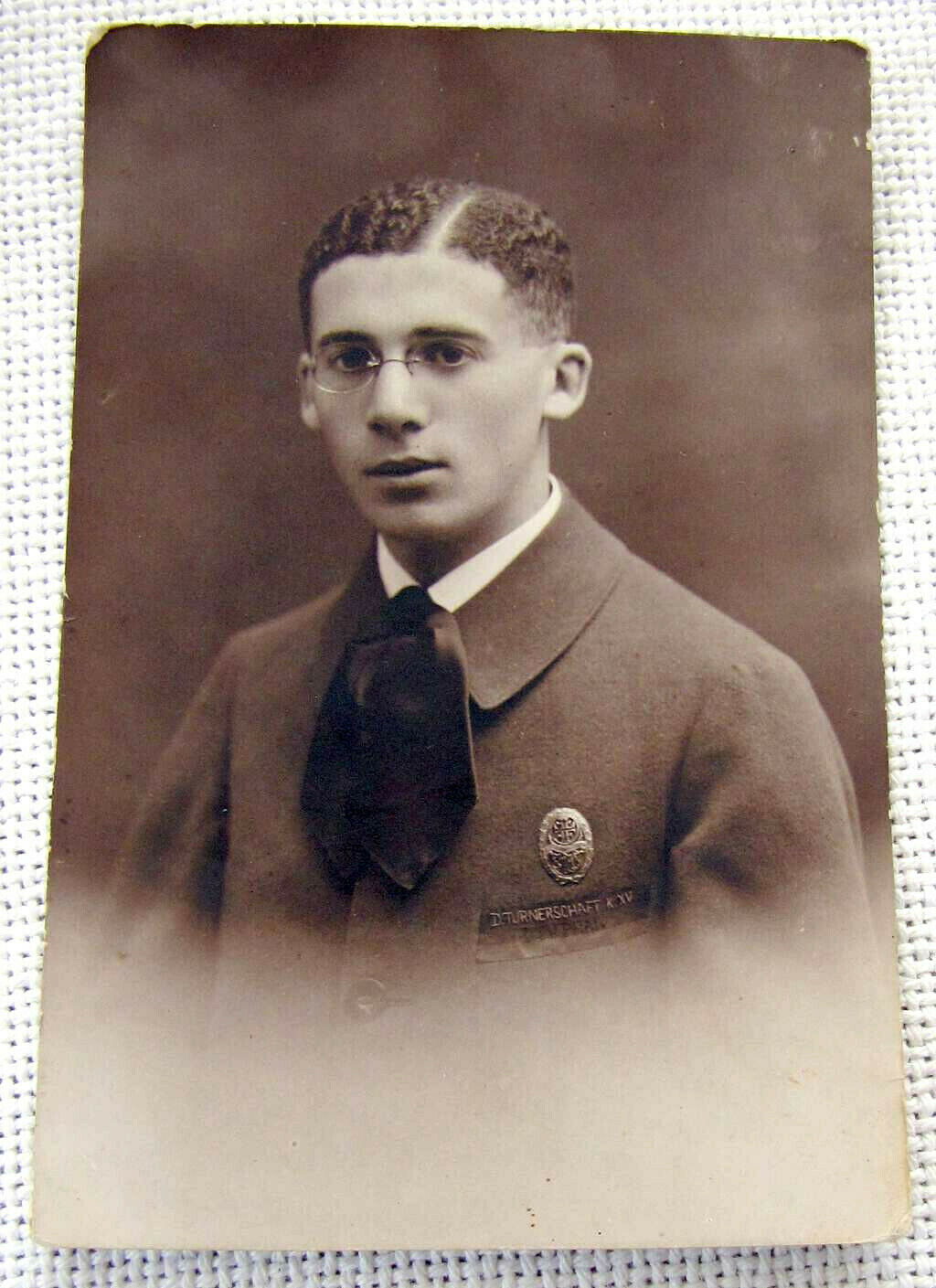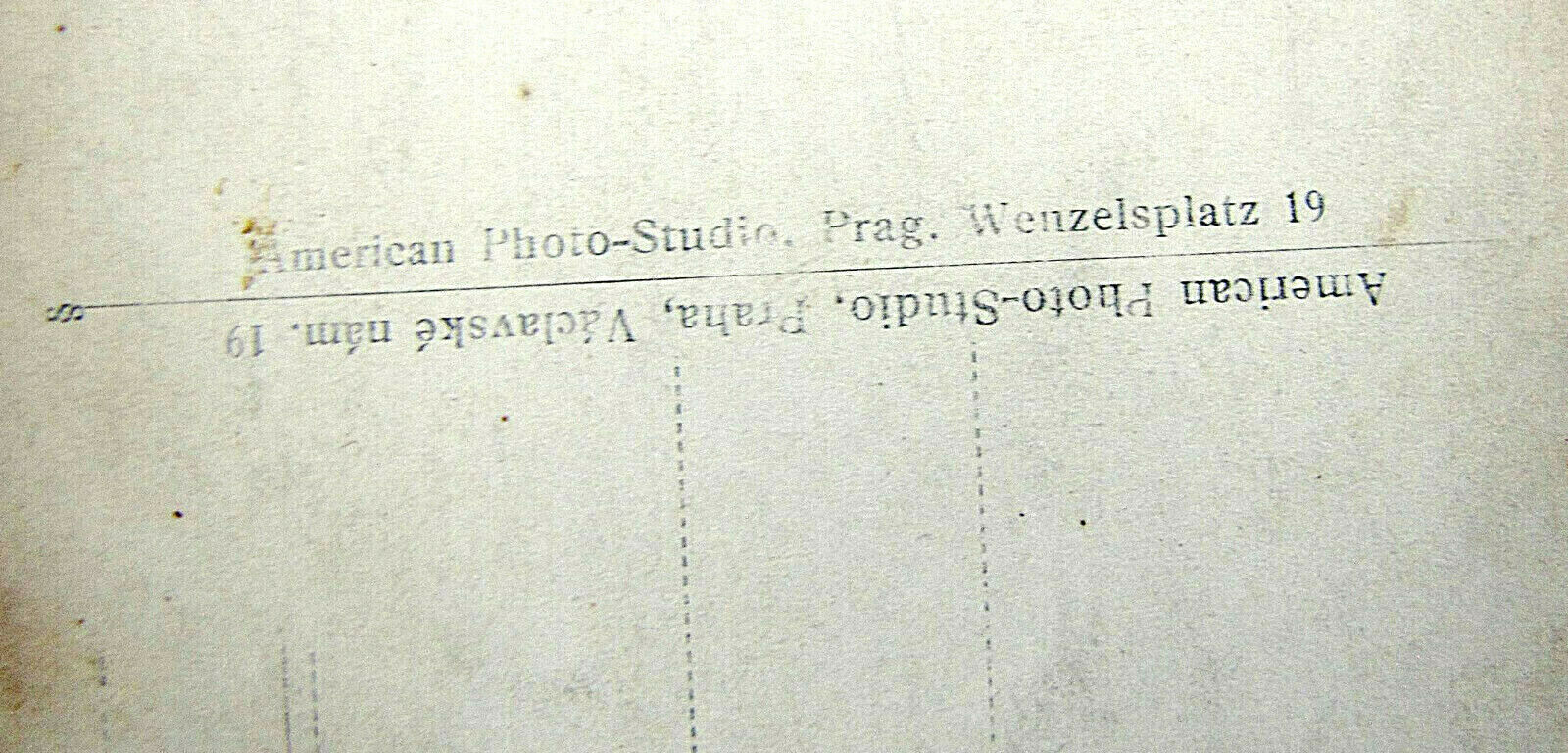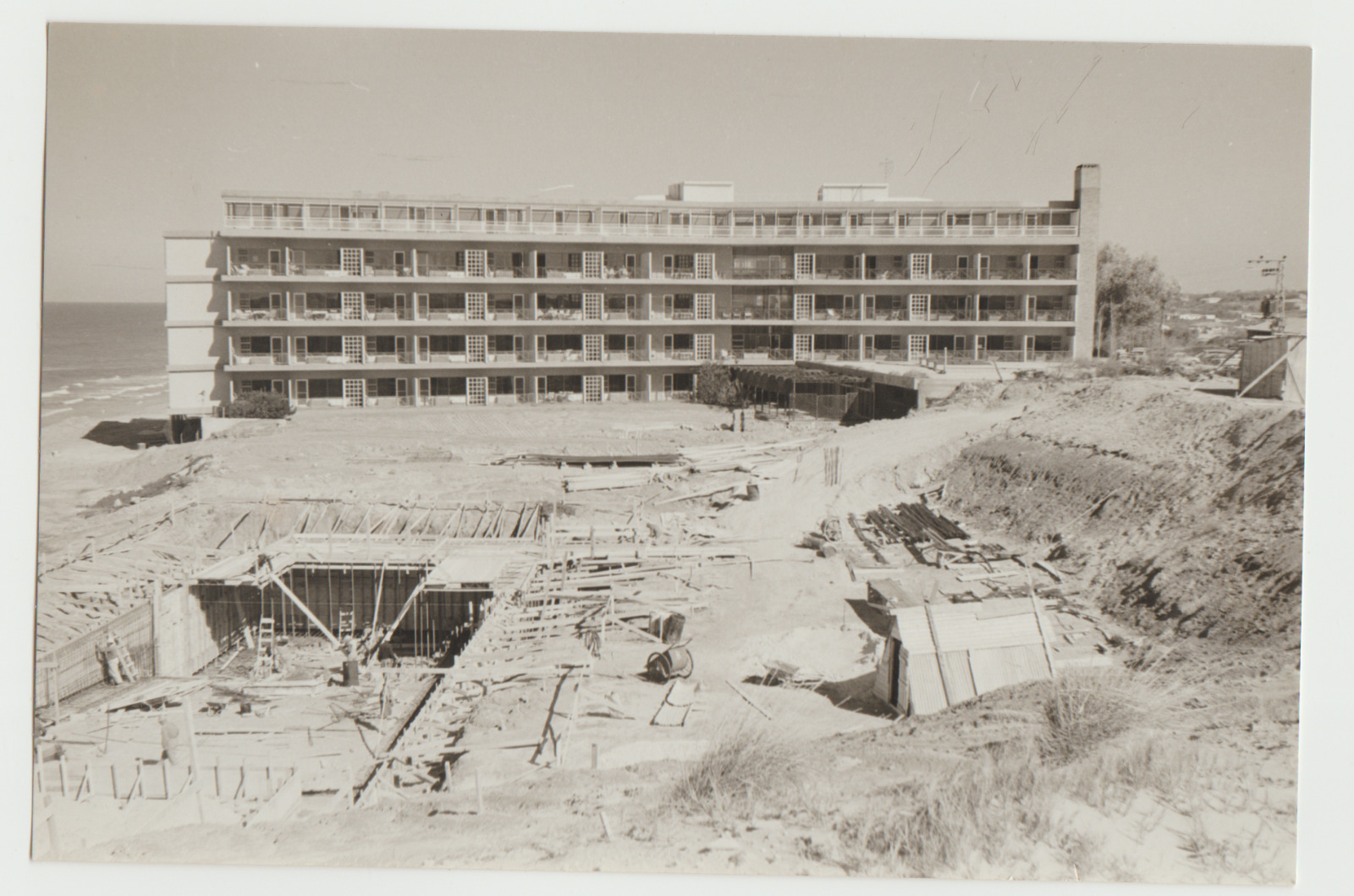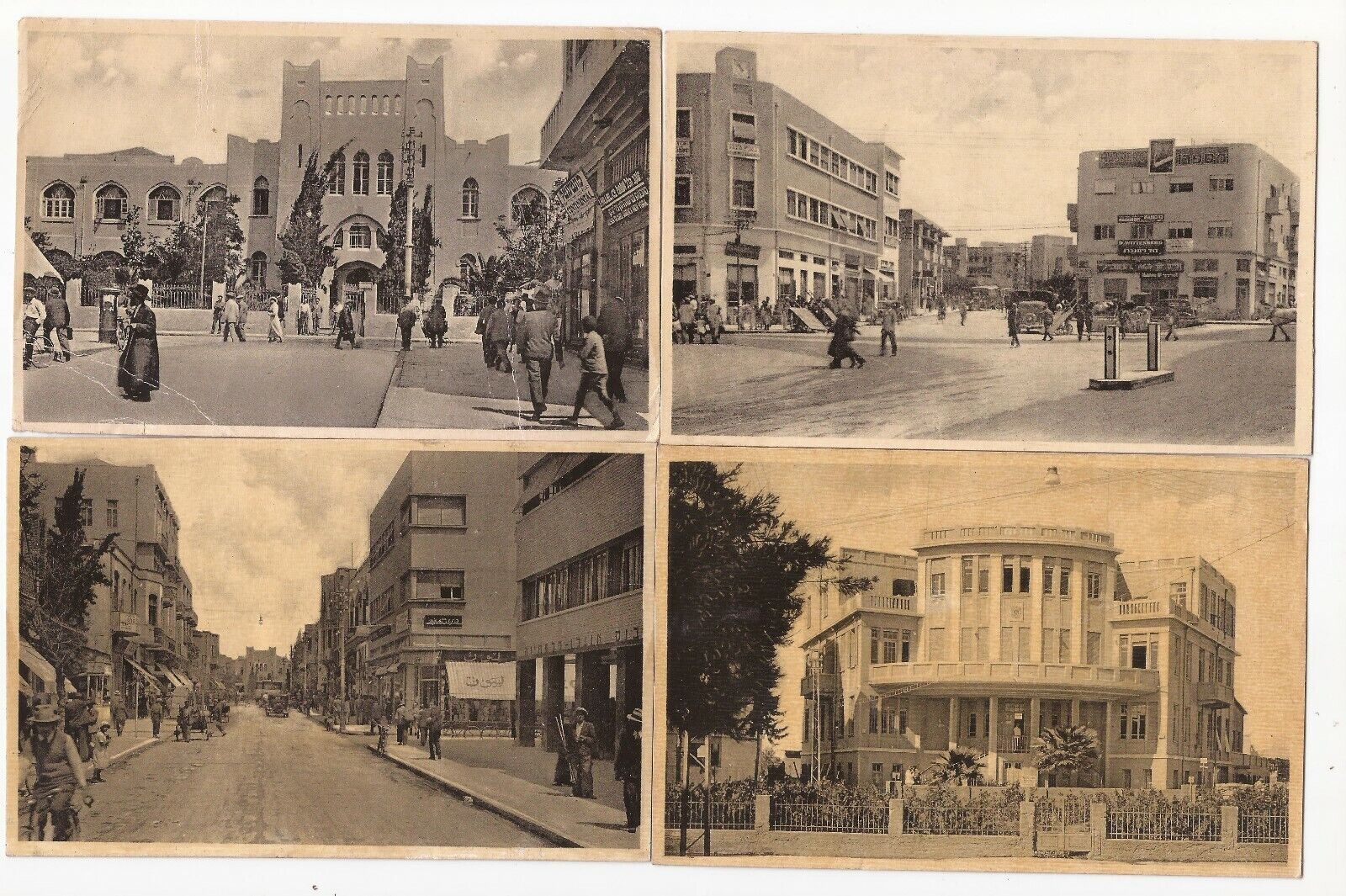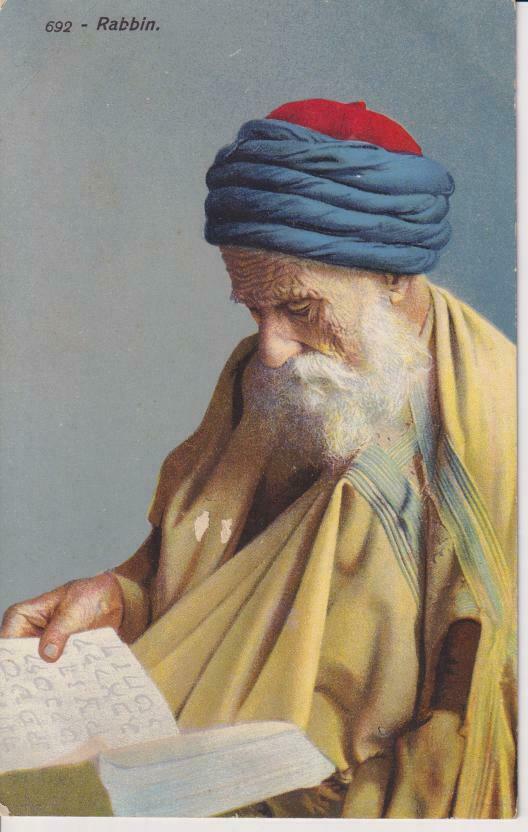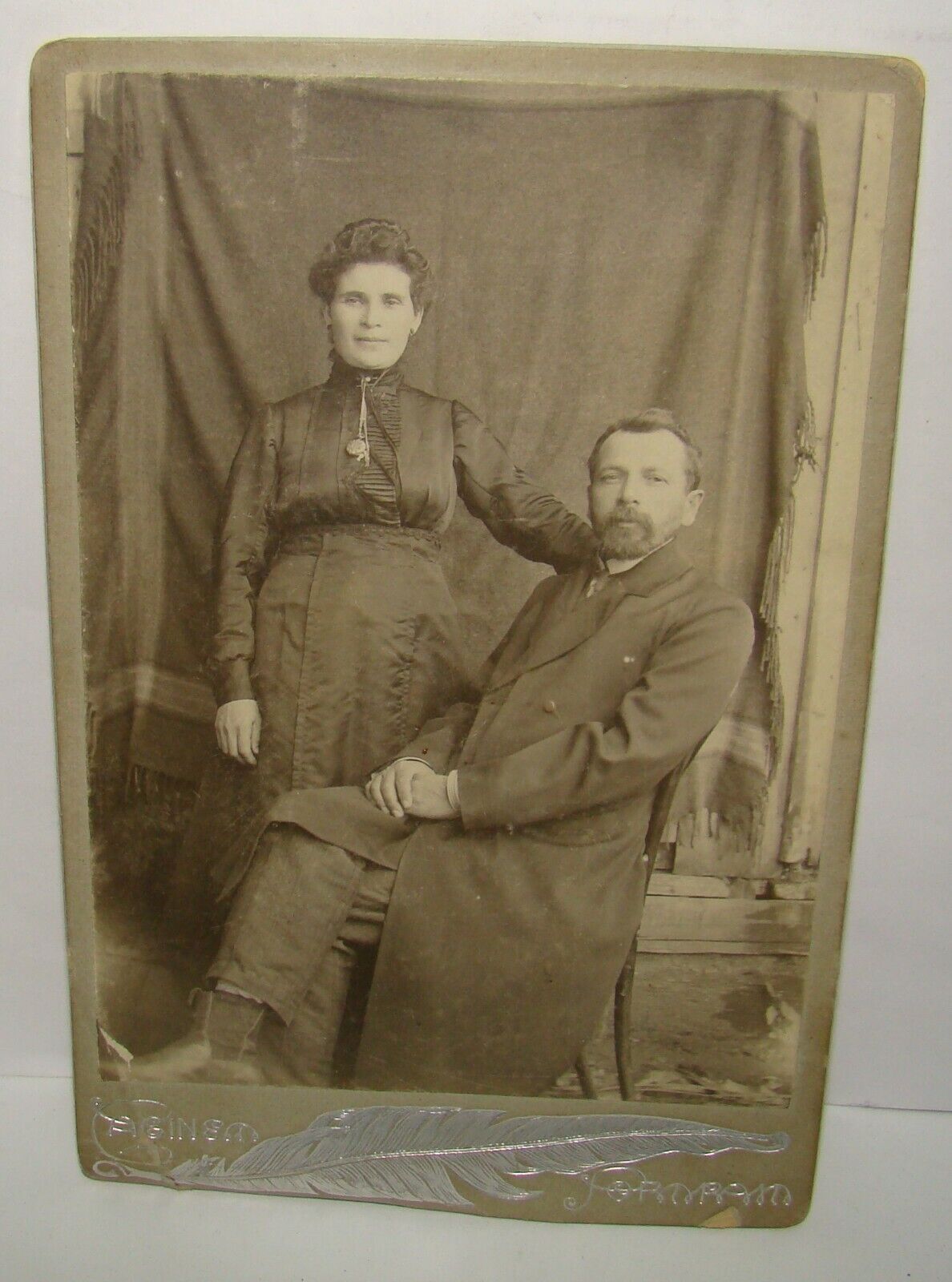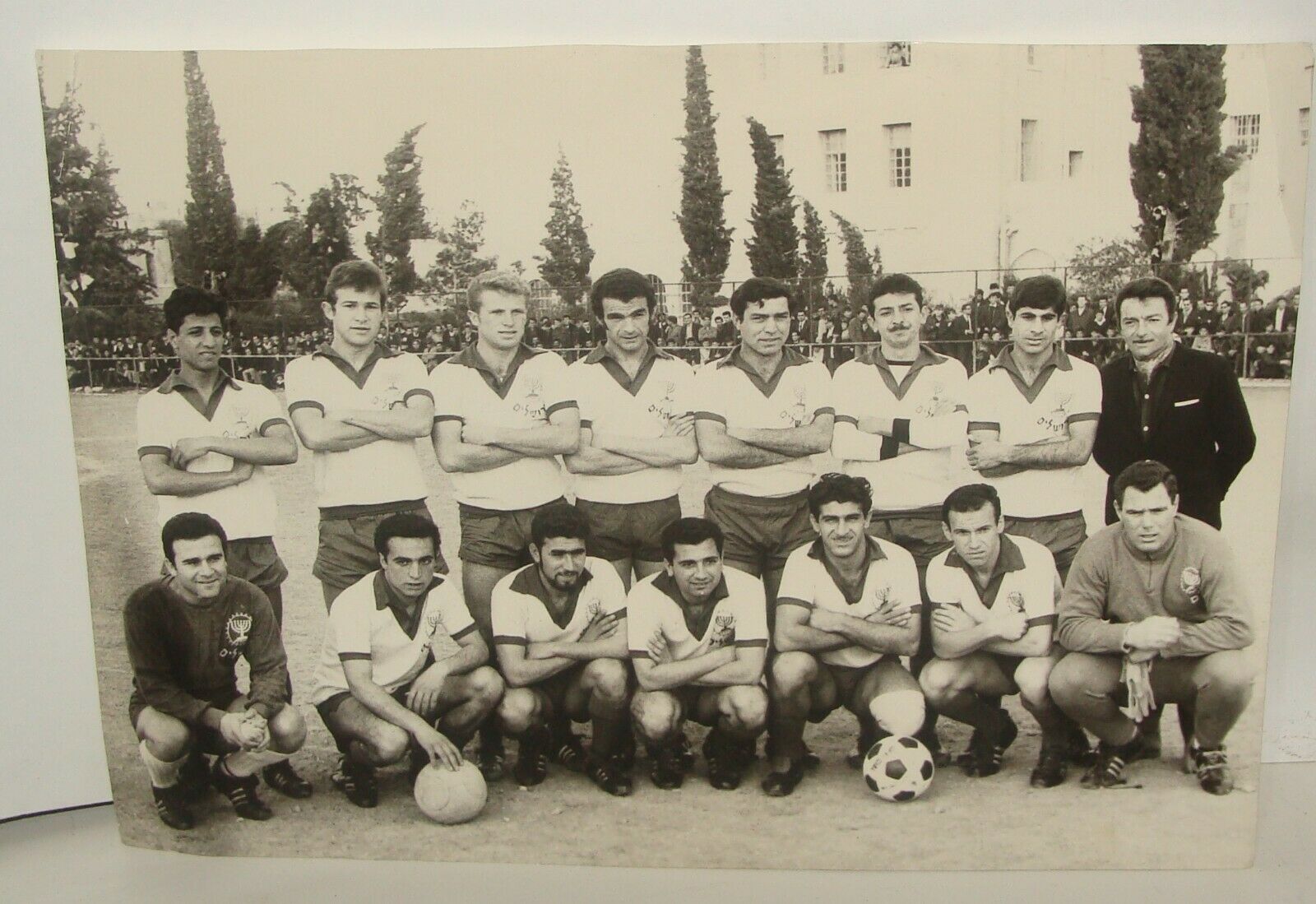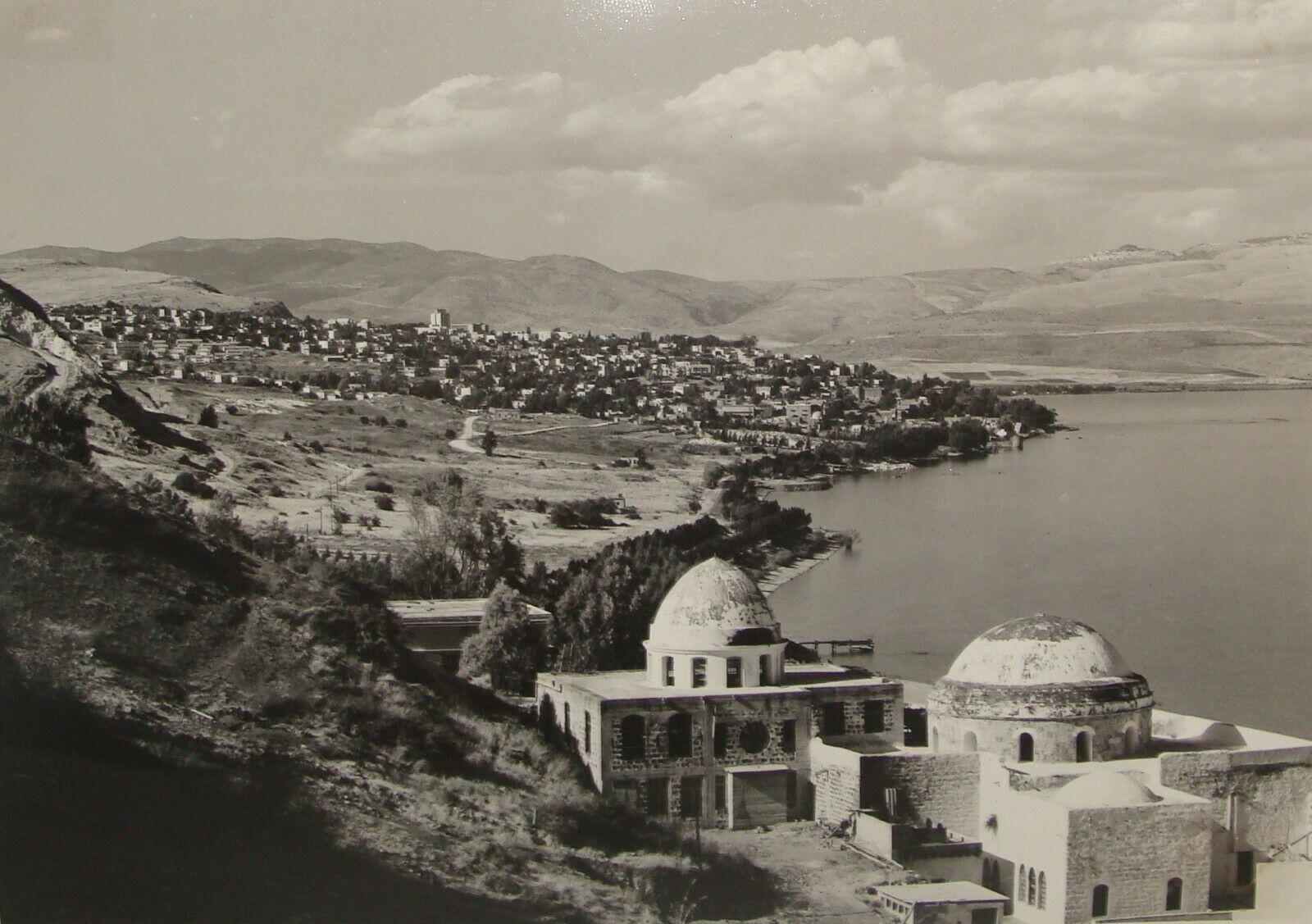-40%
Antique photo of a Jew in uniform of D. Turnerschaft K XV, Prague early 20th cen
$ 50.16
- Description
- Size Guide
Description
Antique photo of a Jew in uniform of D. Turnerschaft K XV, Prague, early 20th cen., PC size.The German Gymnastics Association (DT) was from 1868 to 1936 the umbrella organization of the civil gymnastics clubs in Germany.
The gymnastics movement, which was based on the “gymnastics father” Friedrich Ludwig Jahn, never saw itself as just a sporting organization, but always had a political, bourgeois, and national component. In addition to the fraternities, the gymnastics associations (in many cases there was also a personal union) played a leading role in the bourgeois revolution of 1848. The first gymnasium was built by Jahn, who saw gymnastics primarily as "physical education", in 1811 on Berlin's Hasenheide. Soon after his model, gymnastics fields followed in other cities in Germany and, as a result, clubs that organized regular operations there, e.g. B. the oldest still existing sports club in the world, the Hamburg gymnastics club from 1816.
The German Gymnastics Association was founded in 1868 by Theodor Georgii and Ferdinand Goetz as an amalgamation of gymnastics clubs in Germany and also German gymnastics clubs in nearby countries (e.g. in Prague). Georgii became the first chairman and Goetz, a full-time doctor in Lindenau (Leipzig), became an honorary managing director. Ferdinand Goetz was chairman from 1895 until his death in 1915. Goetz was a strict opponent of all competition ideas, but was unable to assert himself in the DT in the long run. But he achieved that the performance evaluation in the gymnastics all-around competition was "capped". This promoted a broad range of services and the top performance in individual disciplines was counterproductive. While in the athletic decathlon the point scales for the individual disciplines are open upwards and thus help individual top performances to compensate for poor performances in other disciplines, the gymnastics all-around competition had upper scales (more than 10 points per discipline not possible), which means that poor performance is not compensated for was possible and the gymnastics ideal of personal performance range without peak performance was favored. [2]
In 1924 there was also a break between the German gymnastics association and the other top sports associations: At their imperial meeting, the DT decided on the "clean separation of gymnasts and athletes", which was justified by the fact that the other sports associations (especially the ball sports associations) did not also consider themselves political , but only understood as sport-specific associations. Politically, the DT was not understood as a party-political orientation, Turner belonged to all political parties on the right of the SPD (social democrats and communists were organized in workers' sports), nevertheless the DT can be understood at least in its breadth as a German national organization. With the “clean divorce”, all gymnastics clubs that belonged to the DT had to withdraw from the other sports associations. Many of the civic gymnastics clubs split up because footballers, handball players and track and field athletes in particular founded their own clubs.
The German gymnastics association gave itself under its new "leader" Edmund Neuendorff at the main committee meeting on 8/9. April 1933 in Stuttgart a National Socialist orientation. This included, inter alia. the application of the regulations of the National Socialist Act to restore the civil service (“Aryan Paragraph”), which excludes Jewish members of the gymnastics clubs. Here, "not only the speed, but also the radicalism with which the gymnasts proceeded" were looking for their equal. [3]
On the occasion of the German Fighting Games in Nuremberg on July 27, 1934, the reorganization of the entire gymnastics and sports system in the German Reich Association for Physical Exercise was announced; the area of gymnastics formed the "Fachamt I". The DT was thus effectively dissolved, the formal dissolution followed two years later by resolution of an extraordinary gymnastics day in Berlin on April 18, 1936 on September 30 of the same year.
